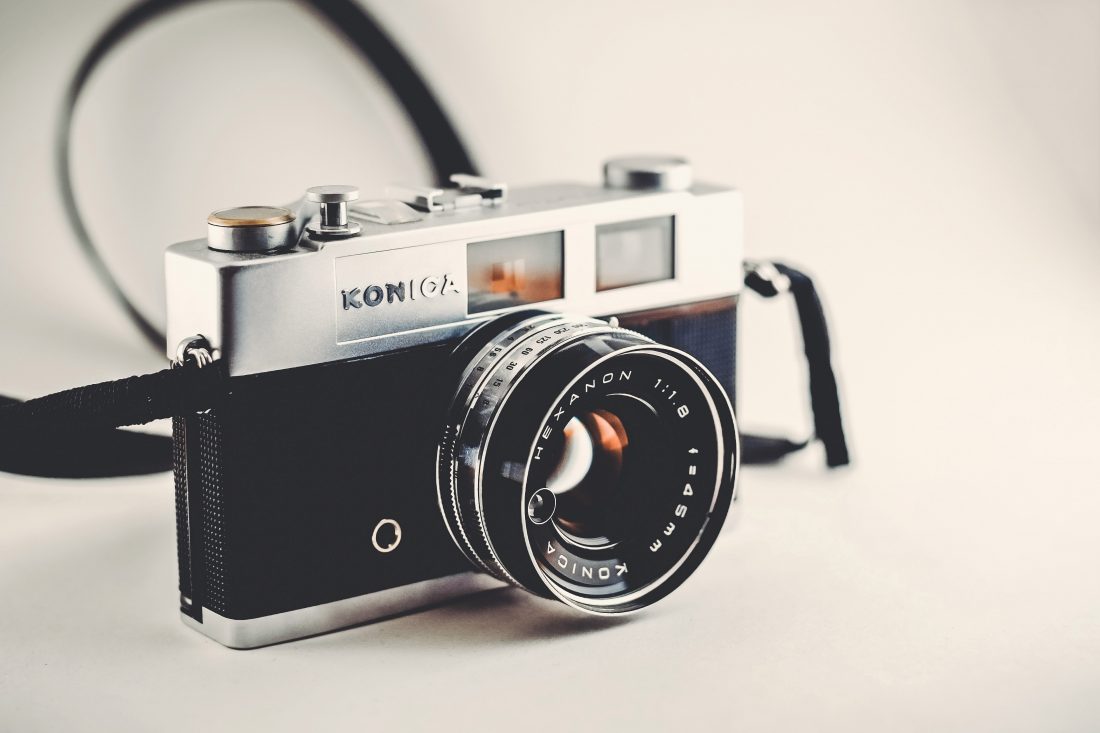
Olympus D-390 (aka C-150 Digital Camera): A Revolutionary Digital Imaging Device
What is the Olympus D-390 (aka C-150 Digital Camera)? Released in the early 2000s, the Olympus D-390 was a compact digital camera that revolutionized the world of photography. Designed for amateur photographers, this digital camera allowed users to capture high-quality images without the need for traditional film.
Unlike film cameras, the Olympus D-390 utilized an electronic image sensor to capture and store digital images. With a resolution of 2 megapixels, it offered decent image quality for its time. The camera featured a 2.1x optical zoom lens, providing users with flexibility in composing their shots.
One of the standout features of the Olympus D-390 was its simplicity. With an easy-to-use interface and intuitive controls, even beginners could quickly grasp the basics of digital photography. The camera came with various shooting modes and automatic settings, allowing users to capture stunning images with minimal effort.
The Olympus D-390 offered a range of useful functions and features. It supported automatic exposure control, autofocus, and a built-in flash for low-light conditions. The camera also had a small LCD screen that allowed users to preview and review their images. Additionally, it supported direct printing to compatible printers, eliminating the need for a computer.
When it comes to portability, the Olympus D-390 excelled. It was a compact and lightweight camera that easily fit into pockets or small bags, making it ideal for travel and everyday use. Powered by two AA batteries, it had a decent battery life, allowing users to capture numerous photos on a single charge.
At the time of its release, the Olympus D-390 had a price tag of around $200, making it an affordable option for photography enthusiasts on a budget. It provided a gateway for many individuals to enter the world of digital photography.
In conclusion, the Olympus D-390 (aka C-150 Digital Camera) was a game-changer in the world of photography. Its user-friendly interface, compact size, and advanced features made it a popular choice among amateur photographers. Although it may seem outdated compared to today’s high-tech cameras, it played a significant role in the transition from film to digital photography.
